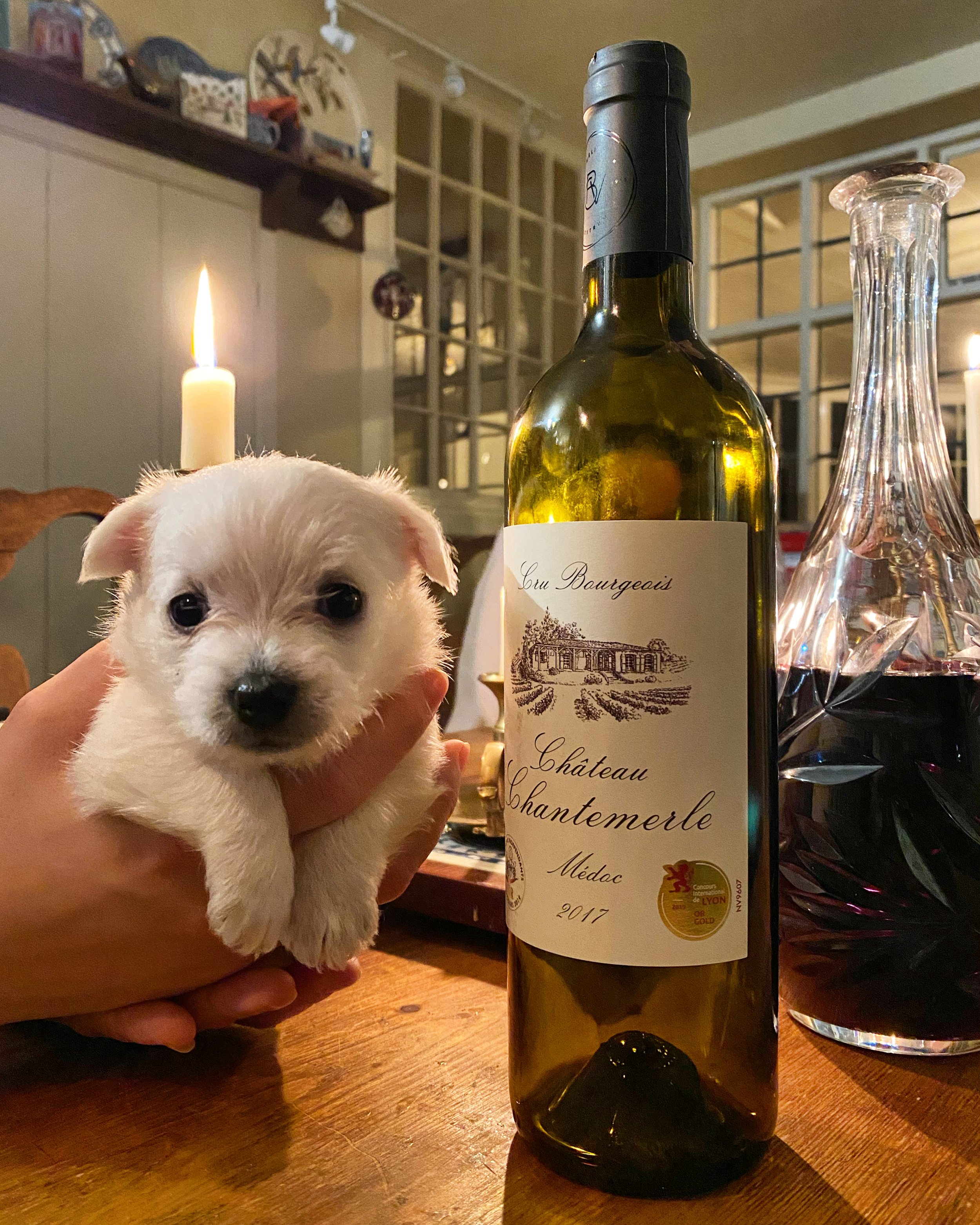Bordeaux, France
Bordeaux is a beautiful beast. It’s the historic homeland of the finest of fine wine. Trying to get ones head around the appellation systems within Bordeaux is quite something, so we’ve swerved those gritty details in this blog post and focused instead on the styles of wine produced on it’s famous left and right bank.
5 facts about Bordeaux:
It’s a region not a grape. In fact it’s the largest wine-making region in France both in terms of volume of wine produced and value of wine produced.
The key grapes in Bordeaux are Cabernet Sauvignon, Merlot, Cabernet Franc, and to a lesser extent Petit Verdot. A red Bordeaux will always be a blend of these grapes.
‘Claret’ = red Bordeaux. It’s an old-fashioned name the Brits gave to red wine from the region. Today ‘claret’ can also refer to wines made elsewhere in the Bordeaux style from Bordeaux-blend grapes.
The classification system in Bordeaux is exceptionally complicated and stems back to 1855. More recently the classification of ‘cru bourgeois’ was introduced in the Medoc. This is an accolade which is applied for yearly and attributed to a specific vintage only.
The region is split into two ‘banks’ by the Gironde estuary, and the Dordogne and Garonne Rivers.
The appellations which sit above the Dordogne are known as the ‘right bank’ and include Pomerol and Saint Emilion. The blends here are Merlot dominant, meaning they are richer, rounder and plummier than those of the left bank.
The appellations which sit on the left of the Gironde and below the Garonne are known as the ‘left bank’ - these include the Medoc, Haut-Medoc and Graves. The wines of the Haut-Medoc in particular are more Cabernet Sauvignon dominant; they have greater structure and more tannins than those of the right bank, and boast dark blackcurrant fruit flavours at their core, with notes of cedar from oak-ageing.
3 pairings for Bordeaux:
Beef shin, ale & onion pie with marmite & porcini pastry.
A Bordeaux’s mouth-drying tannins soften when paired with powerful, savoury dishes such as this. A older bottle will offer deeper, mustier flavours and pair well with the umami pastry and beefy depth of this dark pie.
Soy and ginger braised venison.
In our book a good Bordeaux is perhaps the most food-friendly red wine. It’s got fantastic structure from both acidity and tannins and thus it fares well in the face of bold flavours, even the myriad of ginger, soy and star anise which we pack into this fantastic winter stew. The woody, spice notes of star anise in this recipe echo the slightly spicy cedar notes in an oak-aged Bordeaux.
Christmas lunch.
In our family GOC comes out every Christmas (that’s Berry Bros. famous “Good Ordinary Claret”), perhaps even EOC (Extraordinary Claret). It’s a universal crowd pleaser and so apt for a special occasion. It’s beautifully structured and not too rich, offering plenty of room for a cheeky third glass, seconds of turkey, and room for pudding!





